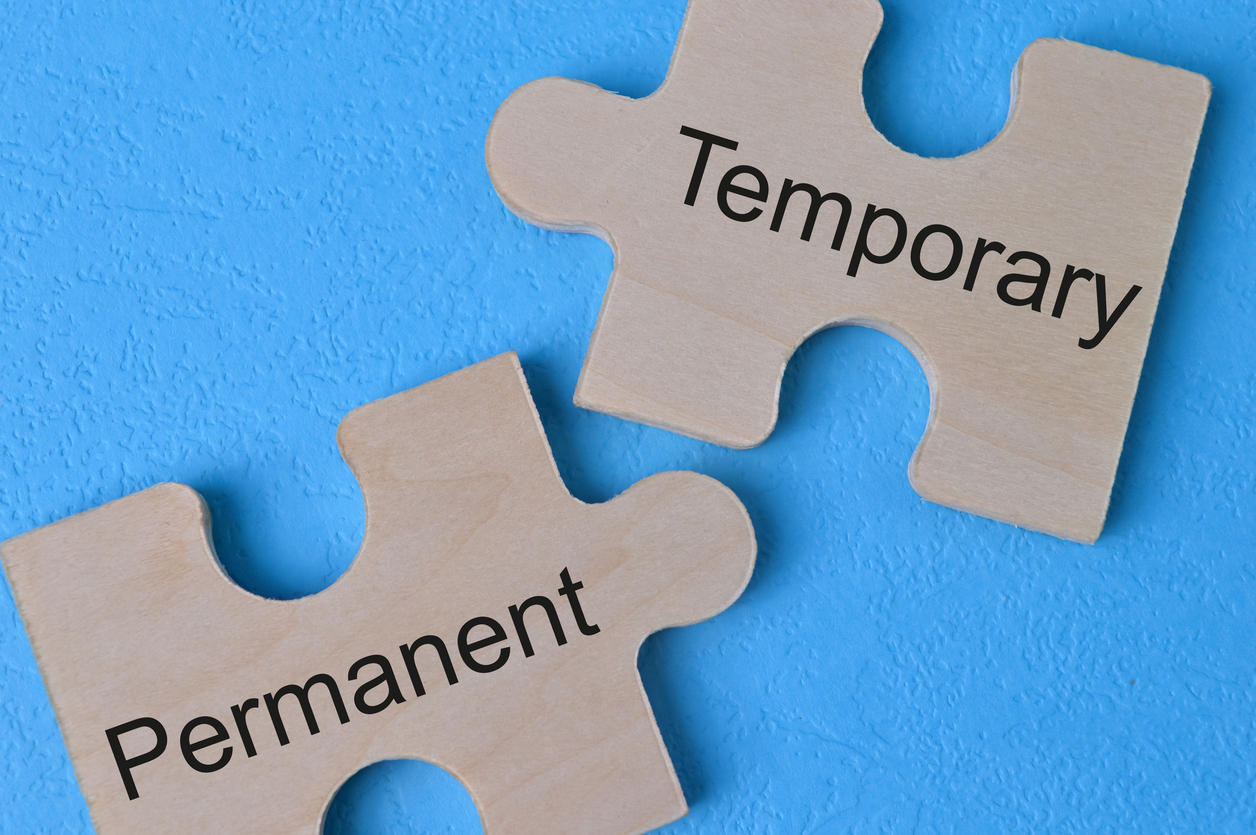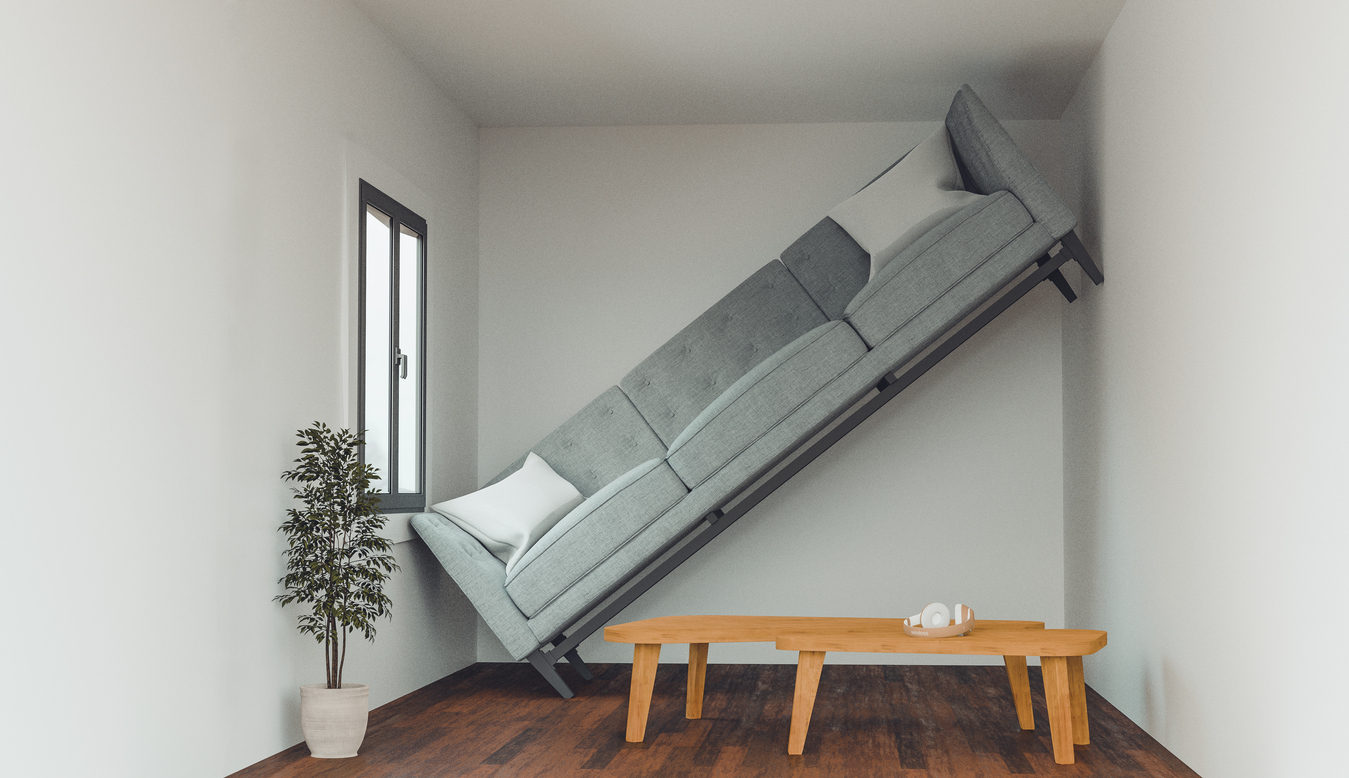One claim issue we deal with a lot relates to loss of use coverage, which covers living expenses above and beyond normal living expenses. Not every “additional living expense” is covered, so it’s important to discuss it with your public adjuster.
Many people experience a property loss – maybe a fire in their home – and they escape with only the clothes on their backs. So, when they can, they go right out and buy the basic necessities for day-to-day living – toiletries, clothing, electronic devices, etc.
The issue becomes: are these “emergency expenses” or just replacement items? If they are emergency expenses, they get covered by the Loss of Use coverage in the policy. However, if they represent items that are simply replaced from the house that were lost or damaged, they will be claimed under the personal property portion of the loss.
To help you understand, we have compiled some examples and context around items that are “additional living expenses” and items that are not:
Toothbrush – When you go to CVS after a fire, you’re just replacing the toothbrush and other items that were damaged – except, for example, if you had a fancy electric toothbrush, which is maybe not as readily available. So, in the short term, you just buy a basic manual toothbrush from CVS – that’s an emergency expense.
King size bed – After the fire, your insurance company approves the rental of a temporary home. The primary bedroom within that rental home, however, lacks space to accommodate a king size bed. So, you go out and get a queen size bed, even though you didn’t have any queen size beds in your home. That’s an expense – along with any necessary bedding – that would be considered temporary.
Wall-to-wall carpeting – Your home had wall-to-wall carpeting throughout the house. The temporary rental home, however, has all hardwood and ceramic tile floors. If you decide to purchase area rugs for the rental home, it will be considered a temporary expense.
Clothing – After the fire, you make a quick shopping trip to The Gap or Lululemon to get sweatshirts and other clothing. Because you had those items/brands in your home, you’re actually just replacing damaged items with those of “like kind and quality.” Even though it’s an emergency situation, if you’re getting paid for these items on the personal property portion of your claim, then these are considered replacements – not additional living expenses.
Clothing restoration services – After the fire, a clothing restoration company comes out and picks up all the clothing and takes it to be cleaned. One of these items getting cleaned is your winter coat. It’s the dead of winter, and you require a down coat to stay warm. So, if you purchase a new down coat, that qualifies as a temporary expense and is covered.
Electric vehicle (EV) charger – Many EV owners – particularly Tesla owners – have installed a charger in their garage. After a fire, they live in a rental home that does not have EV charging and thus no longer have easy charging access. Since they now have to buy gas, that cost is covered under Loss of Use as an additional expense.
Home gym – If you have a home gym and the exercise equipment is damaged in the fire, you may not have the option of purchasing this equipment for your rental home. Since you are entitled to maintain your standard of living, we believe that a gym membership should be covered under the Loss of Use portion of your claim.
Pet fence – If you had an Invisible Fence or something similar for your pets, you probably require the same at your temporary rental home. That qualifies as an additional expense and is covered under the Loss of Use portion of your claim.
Food – This one always comes up. Let’s say you briefly live in a hotel while you wait for a temporary rental home to become available. When you go to the grocery store to purchase water, snacks etc., that’s actually replacing the food you would have had in the kitchen at home that you would have consumed. Hence those food items are on the Personal Property claim – NOT claimed as an additional living expense. Eating at restaurants, however, IS an additional living expense if you’re spending more than you normally would. The insurance company simply takes a credit for what you would have normally spent on meals out.
Event venues – Years ago, we handled a claim where the insureds were planning to host a wedding in their backyard and then the house burned down. This forced them to find another venue. The additional rental and venue costs were covered under the Loss of Use portion of the claim.
A few additional thoughts:
Salvage – If the insurance company pays for any of the temporary items previously mentioned as an Extra Expense, they’re entitled to take those items for salvage at the end of the period of restoration.
Carrier communications – Not everyone does it, but when we encounter any of these Extra Expense situations, we like to make the insurance company aware, especially as some of these expenses can be quite large.
If you have any questions about Loss of Use and additional living expenses, feel free to check in with SMW to discuss.




